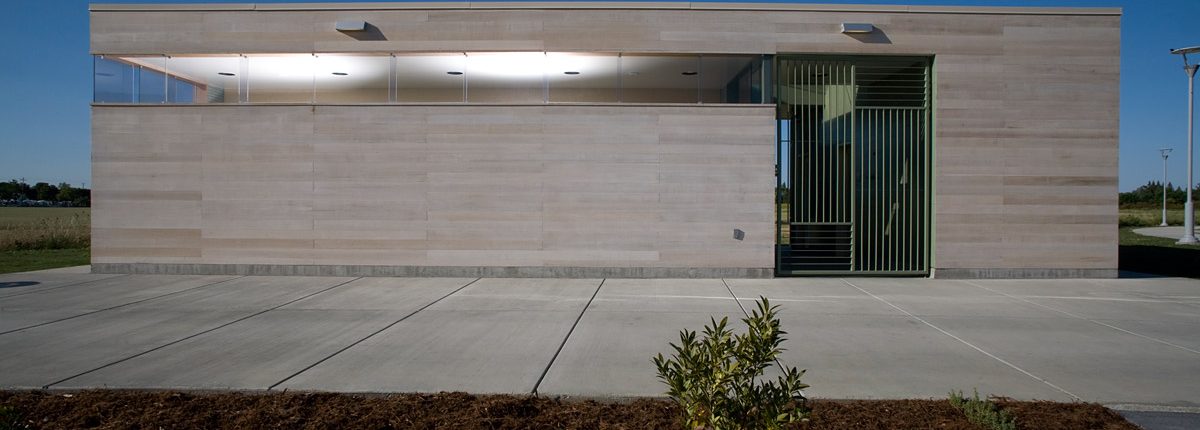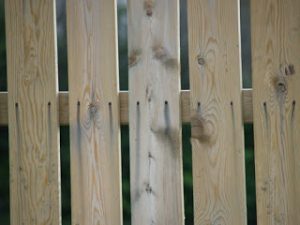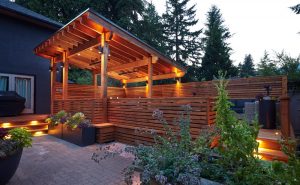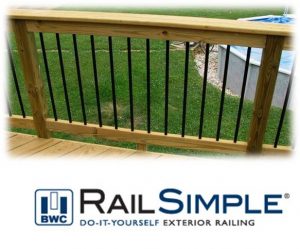Outdoor Projects & Cedar: 5 things you should know
 1. There is a ton of information on cedar that, while interesting, is unimportant to your building project. Forget the fact that there are no true cedar species in North America or that Western Red Cedar and Inland Cedar are the same species grown in different areas, but rather focus on what cedars are available in your area. Learn the grading rules and qualities of those cedars to see what is best for your project.
1. There is a ton of information on cedar that, while interesting, is unimportant to your building project. Forget the fact that there are no true cedar species in North America or that Western Red Cedar and Inland Cedar are the same species grown in different areas, but rather focus on what cedars are available in your area. Learn the grading rules and qualities of those cedars to see what is best for your project.
2. There are 5 major cedar lumber species sold in our region
Northern White Cedar (Thuja occidentalis)
Western Red Cedar (Thuja plicata)
Inland Cedar (Thuja plicata)
Aromatic Cedar (Juniperus virginiana)
Yellow Cedar (Cupressus nootkatensis)
Each of these species have characteristics that will make them better or worse in certain circumstances. They have different grading rules and net sizes and can be marketed under various brand names. I will be going through these different species in my next blog. The important thing here is- know what you are buying.
3. Do not go cheap on fasteners. You bought beautiful wood that will last a long time in the elements — it is insect- and rot-resistant and smells wonderful. Electroplated nails can produce black streaks coming from every nail hole because of natural tannins in the cedar reacting to the nails. Stainless steel is the best choice, but hot-dipped galvanized is the most widely used and economical. When considering the two, I would use stainless.

4. While cedar is an excellent choice for exterior cladding, fencing, shingles and decking, it is not a highly rated structural wood. It is great for exterior trim, corbels and pergolas, but not as well suited for beam and truss construction as say, a Douglas fir. Cedar has good compression strength, making it a good option for posts but not as good for beams. Use sources such as http://www.realcedar.com/ to find span charts and ratings, check local codes, and consult an engineer before building.

5. Staining, painting or going au naturel will be a future blog of its own; however there are some simple facts I can relay in this one. Staining and painting require more work than doing nothing. The more pigment in the stain – the more UV protection there is thus longer lasting finish, which will result in the wood looking less natural. Clear stains will need to be applied more often but go on easier. It is all a balance between desired maintenance, aesthetics and longevity.


